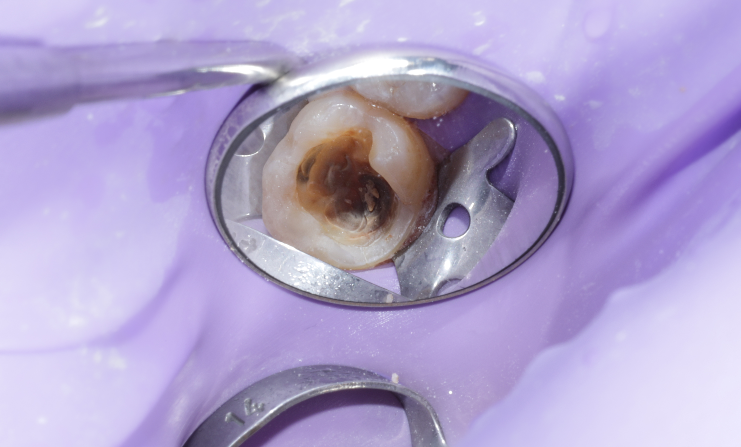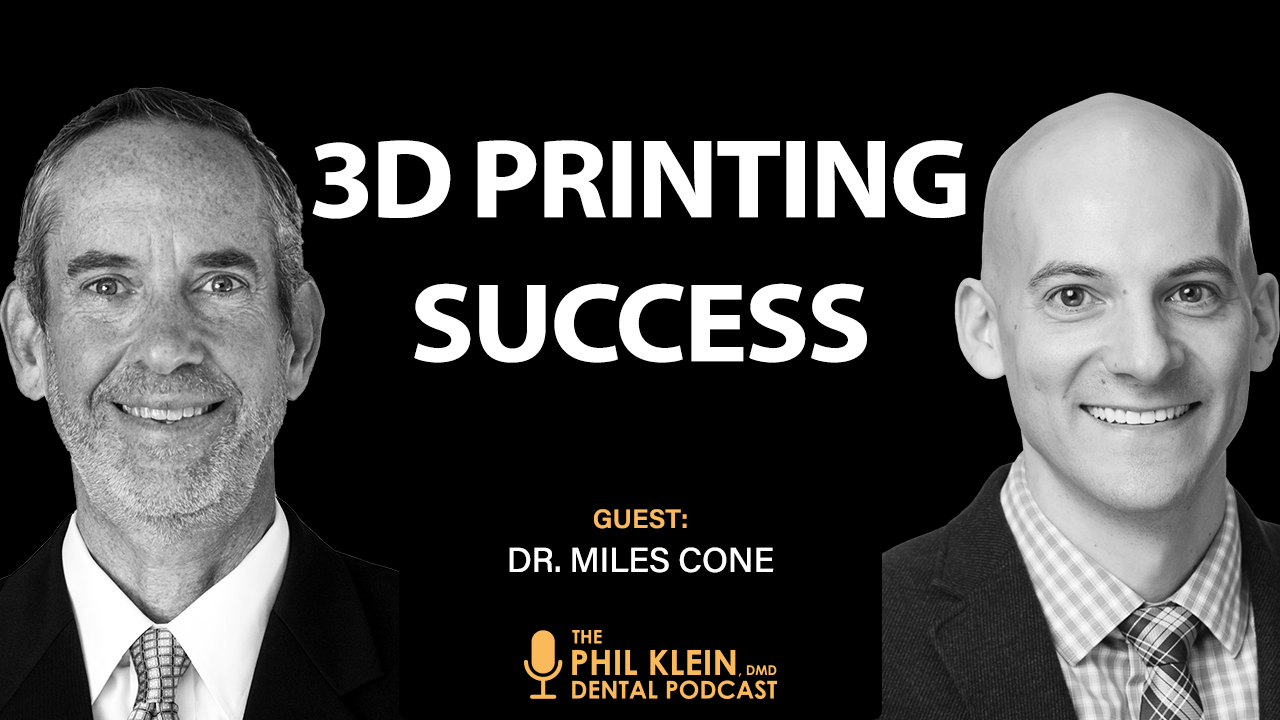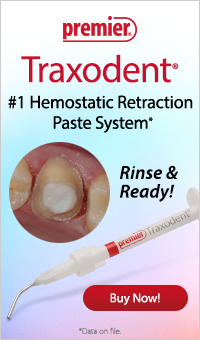
7 Tips for Success with Direct Composites

If you’re a general practitioner, placing direct composites is something you do quite frequently. And yet, for a seemingly straight-forward procedure, things are not always so straight-forward. What can you do to ensure that your direct restorations are durable, aesthetic and an efficient use of your time?
To answer this question I spoke with Dr. Anthony Mennito, an adjunct faculty member at the Medical University of South Carolina and published researcher who has a private practice focusing on cosmetic dentistry. Here’s his advice…
1. Choose a simplified composite system
“We all have things that we look for in a material,” Dr. Mennito observes. “I want one system that I can use for basically every indication. I want something that I can use in the anterior and the posterior.” Having one composite system reduces inventory cost and complexity, which simplifies things for you and your staff.
Which material does Dr. Mennito recommend? After analyzing its consistency and handling properties, indications, optical qualities, simplified shade system and chameleon-like effects, he has made Ivoclar’s Tetric line his own go-to composite system.
2. Understand the process
When placing composites, “Every step is equally important,” Dr. Mennito points out. “With this complex series of steps, you can’t afford to get any of them wrong if you want to get the best durability and longevity for that restoration. So the first thing that I tell young dentists is to learn your materials and understand the process. Understand exactly what is happening in each step and the ways that it can potentially go wrong, so you can make sure that you get it right.”
3. Use effective isolation
Starting with proper isolation, such as via the use of a rubber dam, makes it much easier for every other step in the process to go smoothly.
“If you can get good isolation,” says Dr. Mennito, “it really allows you to take a deep breath and focus on applying your materials in a way that I think ensures success. If you’re concerned about the patient swallowing or closing or the saliva creeping into your prep, you’ll end up rushing through the procedure. You’ll be thinking about things other than the proper application of those materials. So, I find that really good isolation allows you to really pay attention to the important details of your material application.”
[blogad]
4. Take advantage of dentin shades
It is good to have an opacious material, and if you think a little outside of the box, you’ll find many opportunities to use it for both posterior and anterior restorations. In fact, it was a sample of Tetric Prime in a dentin shade that first got Dr. Mennito hooked on the Tetric composite system. Some of the ways that he uses a dentin shade include:
• Addressing staining after taking out large posterior amalgams
• Filling in endo and implant accesses
• Nailing the shade on a Class V restoration
• Covering a discolored tooth in the anterior
• Fixing a Class IV fracture
In these types of situations, having an opacious material that can mask things or blend well to hide seams can be very advantageous.
5. Have a process for doing fast posterior restorations
“I think we all have had experiences,” asserts Dr. Mennito, “where isolation is difficult in the posterior and we need to get a restoration in as quickly as possible. I love the bulk fills for those types of situations. And the system I currently use is Ivoclar’s Tetric PowerFlow and PowerFill system. I have the Bluephase light that goes along with that system, which allows me to cure each increment in three seconds. The three second curing time has been shown to work in increments of up to four millimeters in depth.”
Dr. Mennito uses Tetric PowerFlow in almost every indication where he wants to put down a base layer or liner, because of how effectively and efficiently those materials polymerize.
“Let’s face it,” he states, “polymerization is a key part of everything that we do in dentistry when it comes to placing direct composites. And I think that’s overlooked a lot. So if I can have a material that is going to polymerize more efficiently, it’s going to give me peace of mind that through each step of that process, that material is going to be fully polymerized.”
When using Tetric PowerFlow as a base layer or bulk fill, be sure to cap it with a stronger material (such as a bulk-fill condensable material or a hybrid material), as it is not to be placed with any occlusal contacts at all.
6. Use the right tools to create aesthetic anterior restorations
To create aesthetic anterior restorations, such as a class IV fracture, Dr. Mennito has found that the key to successfully hiding the fracture line lies in your prep, material and tools.
• How will you prep the tooth? You will have to create some beveling on that tooth to be able to hide that fracture line.
• How will your composite hide the fracture line? Incorporating an opacious dentin shade can be extremely helpful, as a regular composite will have too much translucency to mask this.
• How can you use the polish to further mask the fracture line? “A lot of times,” Dr. Mennito contends, “polish can mask. If something is going to mimic enamel, it has to be highly polished, because the nature of enamel is that it has that luster. What I’ve found is there’s a little pad that Ivoclar makes called the OptraSculpt Pad. It’s a simple little handle that has a disposable foam pad. It’s the simplest design you could imagine, and it works so well in the anteriors. It is fantastic for helping you to flatten and smooth a composite prior to polymerizing it, which sends you so much further along in the finishing and polishing process.”
7. Consider warming your composite prior to placing it
When a composite is warmed it becomes more flowable, and therefore more likely to adapt well to the floor of your restoration. It also results in a higher “degree of conversion,” which is a measure of how much polymerization any material undergoes. So there is a lot of benefit from using the technique of warming your composite before using it.
However, as Dr. Mennito acknowledges, “It takes a lot of planning. You have to have the foresight to know exactly what shade you’re going to use.”
























